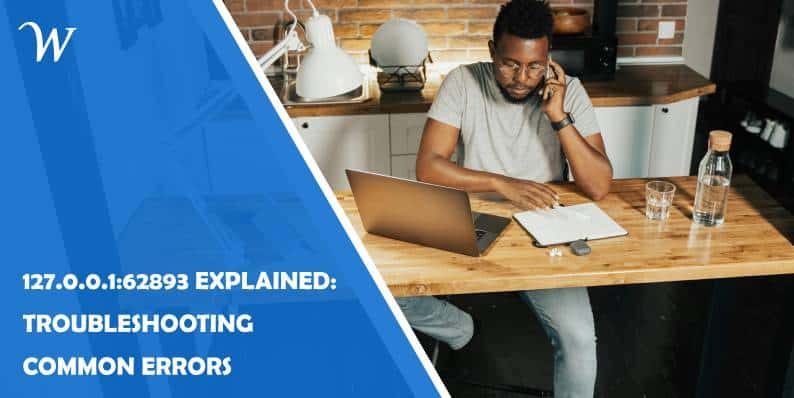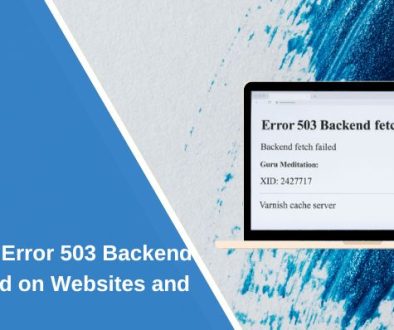127.0.0.1:62893 Explained: Troubleshooting Common Errors
In networking, the term “127.0.0.1” refers to the localhost, a loopback address used by your machine to communicate with itself. It is often employed by developers for testing purposes, as it allows them to run applications in isolation without affecting external networks. The number after the colon, “62893” in this case, is a port—a virtual point where connections are made to facilitate data transfer between different processes on your machine.
Errors involving `127.0.0.1:62893` usually arise when there are issues with the service running on that port, port conflicts, or configuration problems in local applications. In this article, we will explore common errors related to `127.0.0.1:62893`, what they mean, and how to troubleshoot them.

1. Port Already in Use
One of the most common errors is seeing something like `Address already in use` or `Port 62893 is already occupied`. This happens when another service or instance of the same application is already using port `62893`. Each port on a computer can only handle one process at a time, so if another application has claimed it, you’ll encounter this error.
Solution:
You can free up the port by terminating the process that’s currently using it. Here’s how you can check and free the port on various platforms:
– On Windows:
Open Command Prompt and type:
“`
netstat -aon | findstr :62893
“`
This will give you a list of processes using that port. Once you identify the process ID (PID), terminate it with:
“`
taskkill /PID /F
“`
– On macOS/Linux:
Use the following command to find and kill the process:
“`
lsof -i :62893
kill -9
“`
Alternatively, you can configure your application to use a different port, avoiding the conflict altogether.
2. Application Misconfiguration
Sometimes, your application might not be properly set up to bind to port `62893` on `127.0.0.1`. This is usually due to a misconfiguration in your application’s settings file or environment variables. If the binding IP is incorrect or missing, the application won’t know where to listen for incoming connections.
Solution:
Double-check your configuration files for any discrepancies. Ensure that the host is set to `127.0.0.1` and the port is specified as `62893`. In most cases, this can be found in environment files like `.env` or `config.json`. Here’s an example of what your configuration should look like:
“`
HOST=127.0.0.1
PORT=62893
“`
3. Firewall or Antivirus Blocking
Firewalls or antivirus software can sometimes block connections to or from port `62893`, especially if the application is seen as suspicious. This can prevent your application from listening to the port or accepting incoming connections, resulting in errors.
Solution:
Check your firewall or antivirus settings to ensure that connections to port `62893` on `127.0.0.1` are allowed. Add an exception or temporarily disable the firewall to test if this is the root cause.
– On Windows:
Open the Windows Defender Firewall, click on Advanced settings, and add a new inbound rule for port `62893`.
– On macOS/Linux:
You may need to adjust settings in your system’s firewall or use `ufw` (on Linux) to allow the port:
“`
sudo ufw allow 62893
“`
4. Service Not Running
If you encounter a `Connection refused` error, it could be because the application you’re trying to access on `127.0.0.1:62893` isn’t running. This means that while you’re trying to connect to the port, there’s no service listening on the other end.
Solution:
Ensure that the service or application is running. Restart the service, or check logs for any errors that might have caused it to stop.
– On Windows, open Task Manager to verify that the service is running.
– On macOS/Linux, use:
“`
ps aux | grep
“`
Errors related to `127.0.0.1:62893` can stem from port conflicts, misconfiguration, or external interference from firewalls. By following the steps outlined here—checking for occupied ports, reviewing application settings, adjusting firewall rules, and ensuring your service is running—you can troubleshoot most common issues. With a systematic approach, these errors can be resolved efficiently, keeping your local development environment running smoothly.
- Accessible Web Design for Visually Impaired Users - February 5, 2025
- How to Unlink Facebook from Instagram: A Complete Guide - January 11, 2025
- How to Install Balena Etcher on Kali Linux - January 8, 2025
Where Should We Send
Your WordPress Deals & Discounts?
Subscribe to Our Newsletter and Get Your First Deal Delivered Instant to Your Email Inbox.



